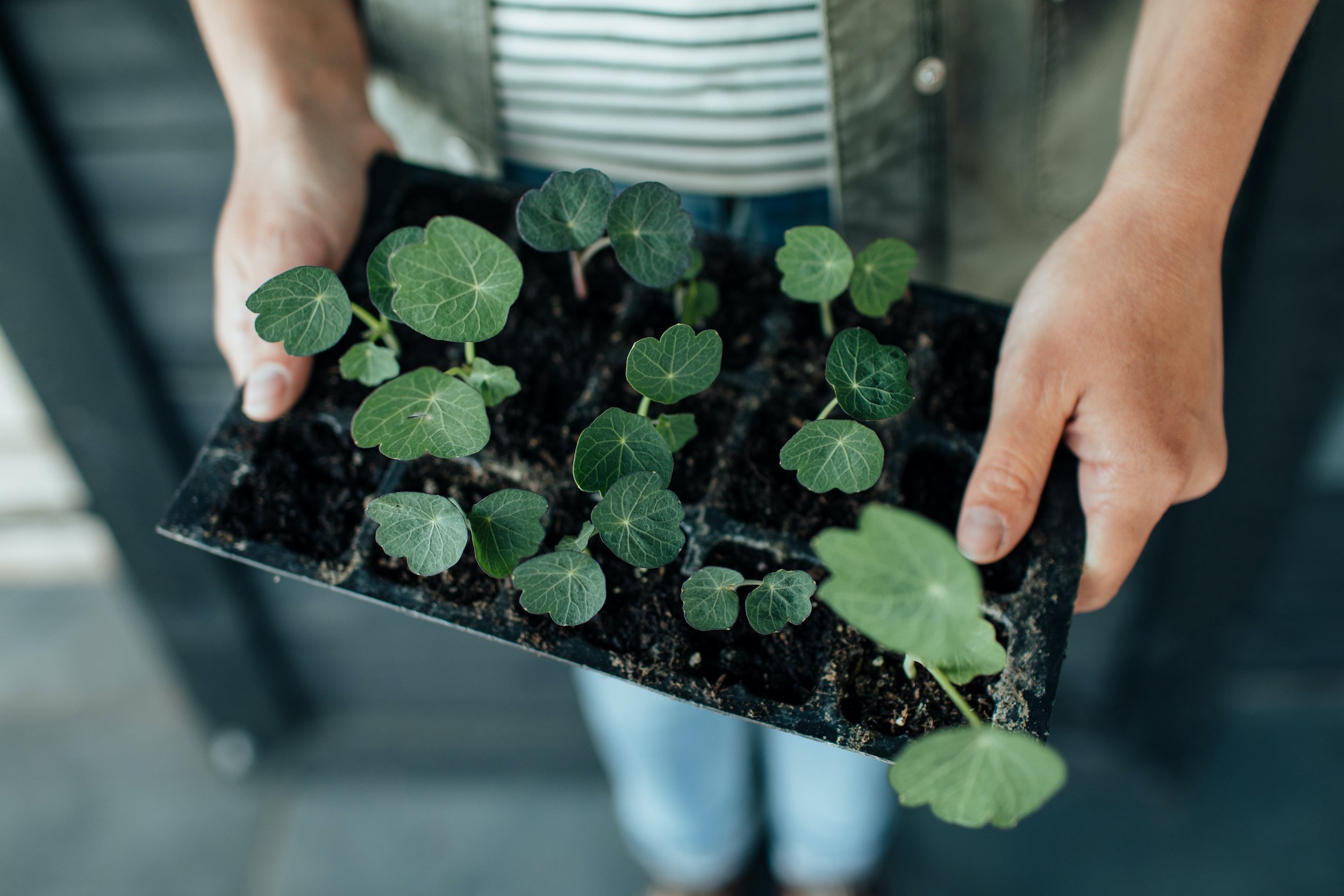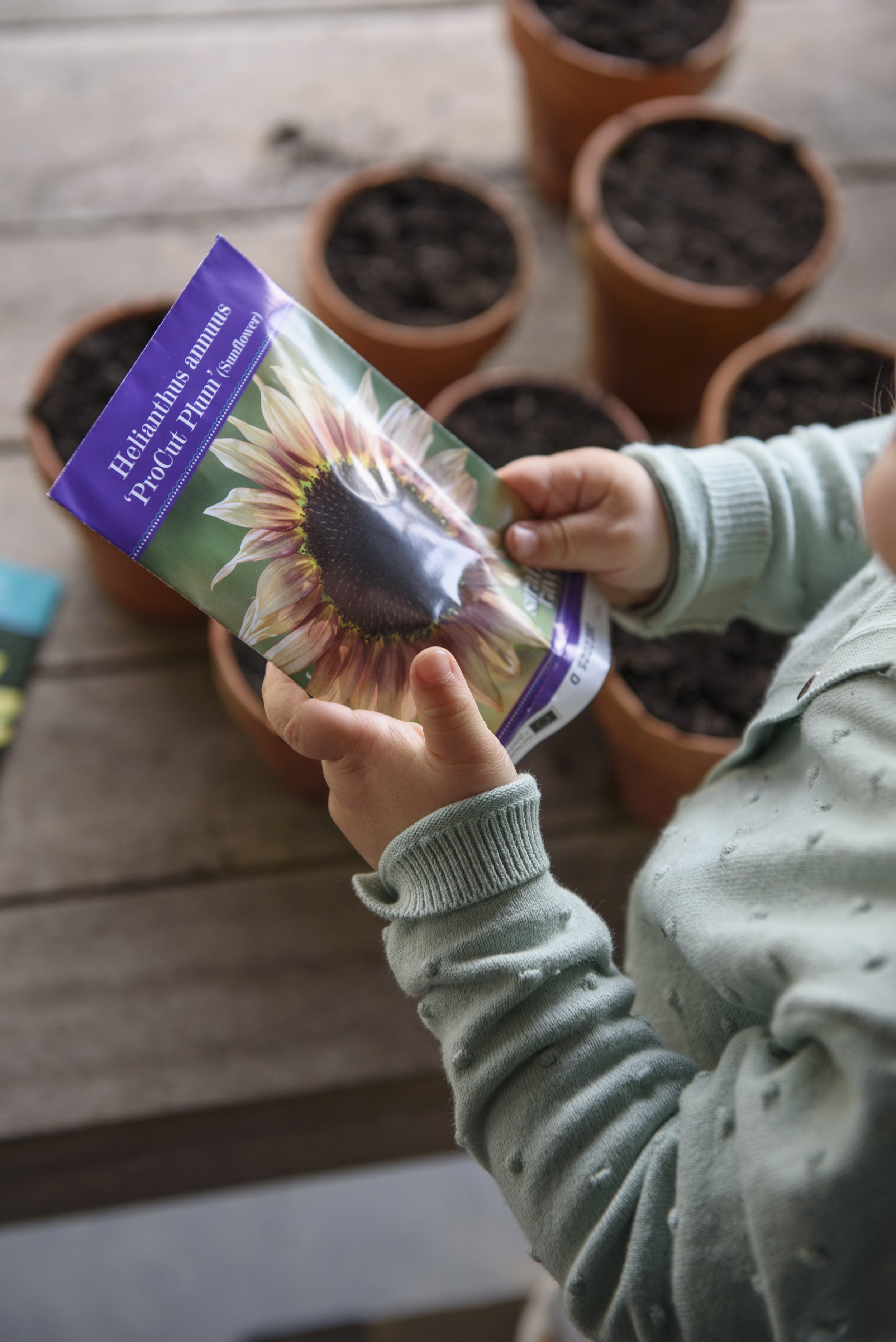Plant guide: Zinnia
Botanical name:
Zinnia elegans
With gorgeous bright coloured flowers in a dazzling array of varieties, zinnias are a really rewarding annual you can easily grow from seed each year. One of the quickest and easiest seeds to propagate, zinnias can go from seed sowing to flowering in as little as 75 days (just over two months!) and we love to grow them every year to brighten up the garden. They’re perfect as a cut flower too, bringing some late Summer joy into the house and they can bloom right up until the first frosts. Months-worth of stunning blooms for the small investment of a packet of seed: we’d encourage all flower-lovers to grow some…
Plant type:
Half hardy annual
Zinnias grow from seed and bloom all within one year, dying once the frosts arrive. They then need to be grown from seed again the following Spring. They’re “half hardy” meaning they can’t survive frosts, so can either be sown indoors in Spring, and the seedlings transported outside once the risk of frost is over, or they can be direct sown outside in May or June.
Growing conditions:
This is a plant that likes to bask in full sun, so pick a bright spot. Zinnias grow between about 30cm-1m tall; a position at the front to middle of a sunny South-facing border would be ideal.
How to sow / plant:
Zinnias are easy to grow from seed and, as an annual flower (see above), will grow from seed and flower within the same year.
They are half hardy, so need to be protected from frosts. Sow seed indoors in March or April, or direct sow in the position where they are to grow in May – June.
You can also buy plug plants (small seedlings) in the Spring time, ready to plant straight into the garden.
If you’re sowing seed inside in the Spring (which can help the plant to get larger and more well established before it is planted outside) then it can help to plant into a compostable pot or a jiffy pellet, to avoid root disturbance. (See our guide to sowing seeds for more info.)
If direct sowing, then prepare a position in a bed or border, and sow seeds about 25-30cm apart. (There’s no need to get out a tape measure, this is just a rough guide!) Sow a few seeds in each position, once they have germinated and started to grow, you can thin out the weaker plants, leaving one, strong, healthy seedling in each spot.
If buying plugs, plant in the ground with a 30cm gap between each plant and water in well.
Grow with:
Grown with other summer flowering annuals, zinnias make a stunning floral impact in the garden, and can be cut for the house too. Mix with cosmos, Californian poppy or dahlias for an eye-catching, bright-coloured border.
Lots of gardeners grow zinnias in their vegetable patch, where they attract bees, butterflies and other pollinators and help to pollinate all the fruit and veg. They have really similar growing conditions and times to tomatoes, so they are an easy companion plant.
Care:
Taller varieties need to be individually staked to support the flower heads. Do this early on – it is much better for a plant to grow up a stake, than trying to impose a stake onto an already unruly plant!
To get the most flowers from each plant, pinch out the tops once the plants are about 20cm tall.
As annuals that grow a huge amount and flower within a short space of time, zinnias do need a bit of care and attention. Water well, especially in the hot summer months, and especially for any zinnias growing in pots.
Plants will perform best if they’re fed with a high potassium fertilizer once the first flower buds appear. A tomato feed is ideal.
Once the flowers do appear, regular cutting helps the plant to create new flower heads. Cut flowers to have inside in a vase, or if you leave them on the plant, then deadhead once the flower starts to die. Avoid the plants putting their energy into making seeds, in order to get more flowers.
Uses:
Gorgeous in the garden, zinnias are also stunning in the vase.
Floret Flower (one of our favourite flower farms to follow, who always have amazing zinnias) recommends the “wiggle test” to tell when a bloom is ready to cut: grab the stem about 20cm below the head and wiggle it to see if it is ready. If the stem is droopy, it’s not yet ready. If it remains stiff it’s ready to harvest.
Our favourite varieties:
There is a huge range of different zinnias around. We trial out new varieties every year!
We’re completely obsessed at the moment with the zinnias from Floret Flower in pastelly peachy-apricot colours. In the UK, you can buy Floret Flower seeds from Alma Proust (the shop set up by Millie Proust and Paris Alma). Seeds tend to sell out incredibly quickly, so we were delighted to get hold of some this year. But if you visit once they’ve already gone, it’s worth signing up to their newsletter to be alerted to restocks of the seed shop.
Last year ‘Persian carpet mix’ was especially lovely – a burnt Autumnal palette of oranges, yellow and rust reds.
The lime green zinnias always create real impact, take a look for ‘Queen Lime’ or ‘Bennary’s Giant Lime’.
If you want some inspiration, a browse for zinnia seeds on Sarah Raven’s website is (as ever!) a great place to start…





